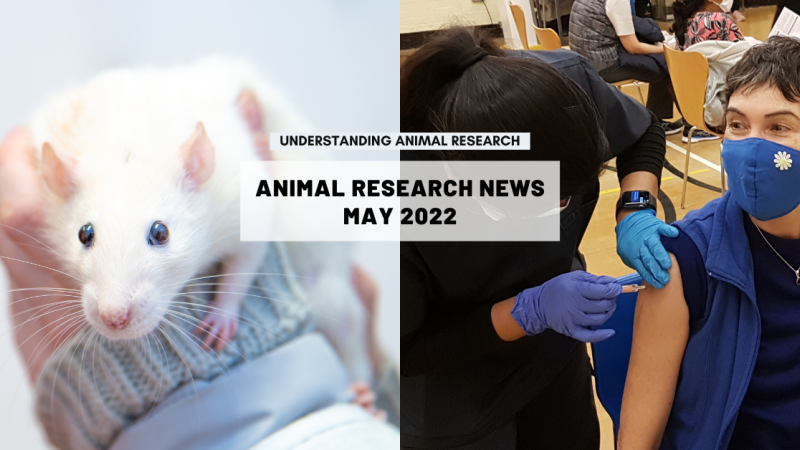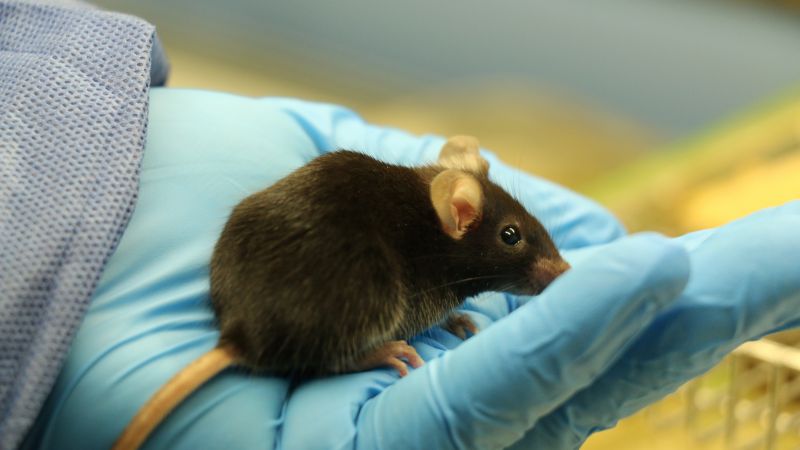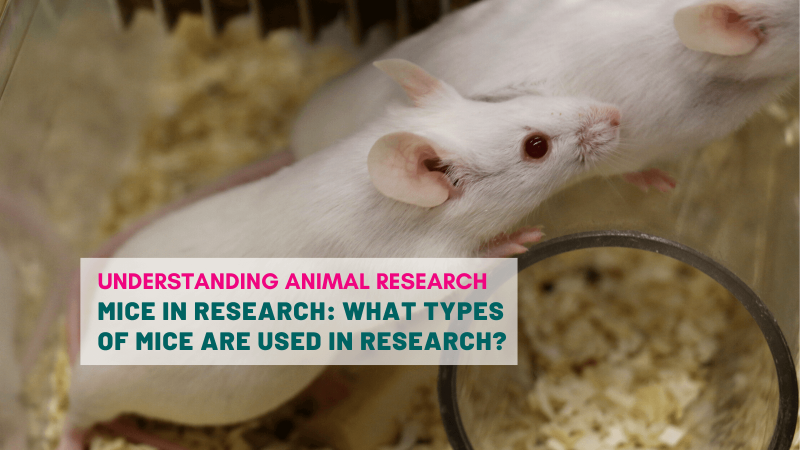Text to go here...
A few weeks ago it was announced that researchers have created genome-wide, high-resolution genetic maps of 100 inbred mouse strains. Most of today’s lab strains date from a century ago and have limited genetic diversity as they originate from a single species of domestic mouse - Mus musculus domesticus. In fact 90% or even a little more of their genome is derived from the domestic mouse, with the remaining 7-10% coming from a Japanese variety of mouse.
Add a century of inbreeding and we have mice with regions of genome with no variation at all, such as the classic C57BL/6. For example, portions of chromosome 10, where genes implicated in lifespan have been identified, are identical in lab strains. Classic lab strains have differing abilities to fight off infections, but not nearly as much variation in this respect as wild mice.
More recently it was reported in Nature that the global project to 'knockout' each of the 20,000 or so genes in the mouse genome is well on the way to completion. Different techniques are used to knock out genes, and taking all the methods together, around 17,000 genes have been knocked out of one strain or another.
Now we are hearing that mouse strains with greater genetic differences are set to enter laboratories across the world. The Collaborative Cross project started in 2005 with five classic inbreds strains of mice and three more recently developed wild-derived strains. The project began to breed them and their offspring together to reshuffle their genes with the aim of creating hundreds more mouse varieties with a greater genetic diversity.
The new mouse strains look different from each other, with varying coat colours and tail lengths, for instance. Beneath the skin, they are already yielding clues to which genes help fend off fungal infections. To create genetically uniform but different inbred strains, brothers and sisters are mated for many generations. So far, the Collaborative Cross has established about 30 fully inbred mouse lines.
A geneticist tested 66 nearly inbred strains for their susceptibility to infection by Aspergillus fumigatus, a soil fungus that causes human lung infections. The mice survived between 4 and 28 days after infection. The team mapped different survival rates to just a handful of genomic regions containing a small number of genes. Studies in mice lacking these genes should pin down exactly which ones are responsible for fungal resistance. A similar approach is being taken to study resistance to other disease organisms.
Researchers will pool their knowledge so that they can draw connections between seemingly distinct traits that have common genetic origins. The Collaborative Cross will mesh well with another project – the International Knockout Mouse Consortium – to create thousands of knockout strains collectively lacking nearly every mouse gene. For instance, a gene knockout that affects a mouse's sensitivity to diabetes could be linked to other traits such as altered glucose metabolism.
The Collaborative Cross aims to make the new mice as widely available as possible. They plan to send out breeding pairs of the first strains by the end of 2011, with up to 100 strains available by 2012.
With such powerful and insightful technologies available to investigate the roles of disease genes, it is no surprise that the numbers of GM mice used in research are rising year-on-year. Without international collaboration, they would rise even more.
Last edited: 29 July 2022 14:13



